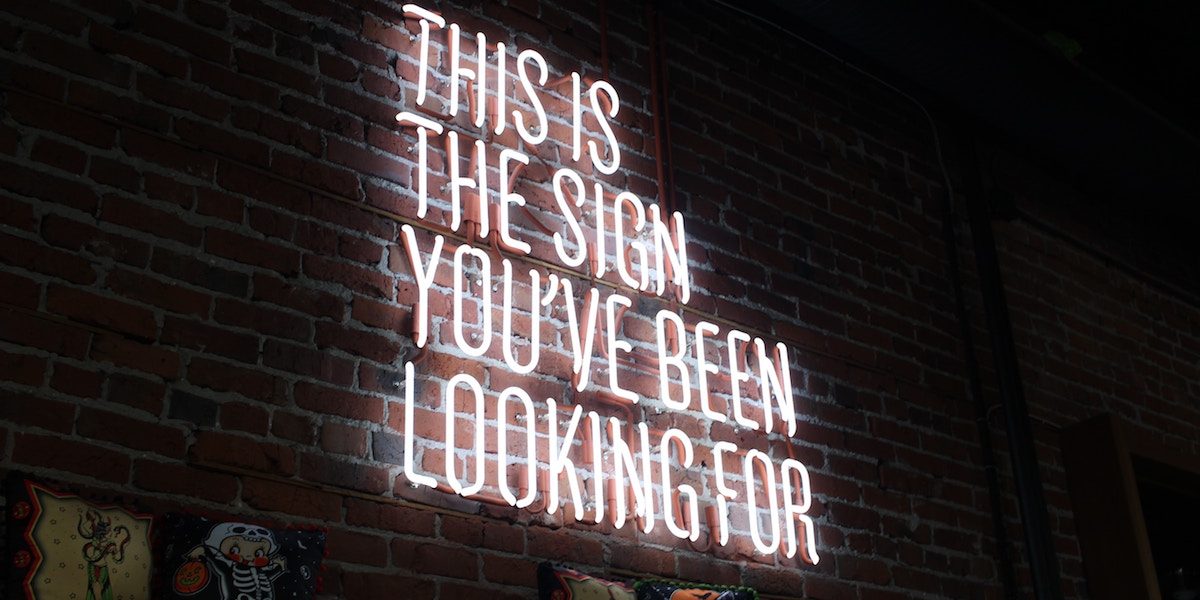D-Day Marketing – Time to make a stand?
So why is it that small business really struggles to market themselves?
And what can you do about it?
I deal with small businesses on a daily basis, and one of the things that I can tell you is that almost 90% of them have grown organically. They’ve done so via word of mouth, or with very little marketing foundation, in order to promote their product.
This leads to a significant challenge, when the time comes to try and grow beyond where they are – beyond word of mouth. It happens across two key levels of the business.
The first level is that any growth is going to require, in most cases, an investment in resources: personnel, equipment, product or whatever it might be and that is going to cost the business money. The second attribute is an area that most businesses have never accounted for, of course I speak of, marketing. And the margins in small business are often very compromised especially when they’re being eaten away by a new influence, such as an investment in marketing.
For businesses that have no platform, and have never marketed before, one of the key challenges that they face is the idea that they need to build momentum. And let’s face it, whether it’s running up the hill, or losing weight or achieving any goal the most difficult part is often just getting started. Once you have momentum, it is far easier to maintain it. Much like a cold room takes a lot longer to heat up than it is to maintain once the fire is roaring.
So the investment to make that momentum is often upfront. And that can be a scary proposition for business who don’t know whether the marketing that they are about to undertake will work.
And there is always some risk that your marketing approach might fail, however there is likely greater risk by not marketing at all. I think it was Stuart H Britt that said something along the lines of Doing business without advertising is like smiling at that girl you like in the dark. You know you smiled but nobody else does. So we have to get the message about your business out there and having dealt with so many businesses over a really long time, we can use the experience and insights we have learned to help design a plan that should make that smile shine.
And like most things, be it exercise or a diet the hardest part is often just starting. People procrastinate endlessly waiting for the perfect moment but you just have to get in there and have a go. Now, if you’re a large business with a large budget, it is often easier to forecast what the genuine return on investment will be because you are able to generate momentum immediately through volume of communication all of which builds a certain gravity around the investment that you make, but for small to medium businesses who haven’t got, the platform in place, or the momentum, often we need to pick a Normandy.
For those that aren’t familiar with this concept, Normandy was where the Allied troops struck the German army at the end of World War Two, the idea was that the allies would concentrate as much of their resources into a targeted attack in order to break through what was a significantly robust German defense.
Planning the assault – Marketing Strategy to make noise
And in marketing terms, we must identify a similar scenario seeking out a way to, despite the noise of the “market”, find cut through.
Our approach is to build an integrated strategy that identifies some core channels and some key messaging that we amplify to deliver a sales result. One of these core channels is
social media.
Social media has created a genuine opportunity to cost effectively reach an audience, and more importantly, to build a fan base or tribe. When you think about traditional marketing options, that really wasn’t the case. In fact, even large businesses that had built a fan base found they were often disparate and with no considered centralised connection. Social has changed that, which is why it has been a revolution for small to medium businesses.
Moreover, the digital environment has for the first time allowed us to accurately track and report on the engagement of “fans” and link that to sales and performance data.
This is an enormously powerful situation. But there are some rules to make this happen:
You need a plan
You need great content, written and visual
You need to be dynamic and respond to the audience to fully exploit “Your Normandy”
And, you need a proper budget that is aligned to your desired outcome.
And so one of our greatest challenges is actually educating SME’s in particular on making an appropriate investment in their marketing, because we often find people’s budget simply does not match their ambition. And they need to make a two to three year plan that allows us to build momentum, build the audience, and then mine that audience for sales.
And it is important to recognize that when I am talking about budget I am not just talking MONEY to deliver great marketing outcomes your commitment includes time to help bring this to life and one of the major flaws that we see, and this is not scale dependent, is that your agency is not someone that you just tell what you want to do. It is a partnership, it is a marriage, and you both need to be going in the same direction for a smooth and effective outcome. So what we would recommend is having some clear goals and objectives have a realistic view in terms of both what your team can invest in actively delivering the initiatives as well as having a proper and considered financial budget to match. If $5,000 could turn into $1 million on 3 months then everybody in the world would be doing it.
You would be shocked by the amount of times that I hear businesses say we’d like to make a million dollar sales. And we are we thinking $5 to $10K investment that is simply absurd.
But a 100K to 200K investment over 12 to 18 months might just deliver you results like this.
At the end of the day marketing is a gamble, but for the most part when you partner with an agency like us we have seen what works for many businesses, across many industries. You pay for that knowledge and experience and in the end it will SAVE you both TIME and MONEY.
So, the real question – is are you ready to grow your business???
If so please get in touch and speak to one of our expert team.














